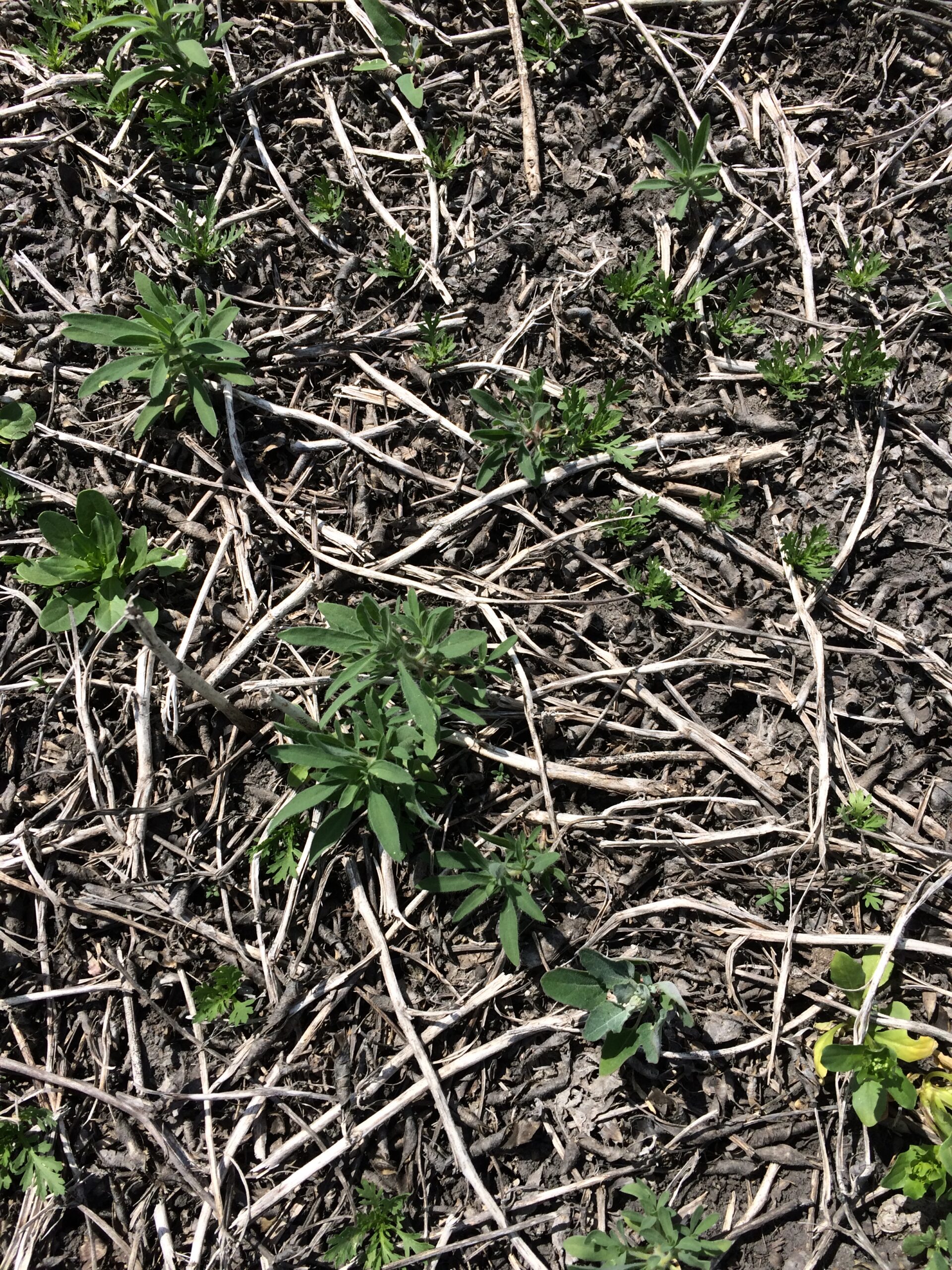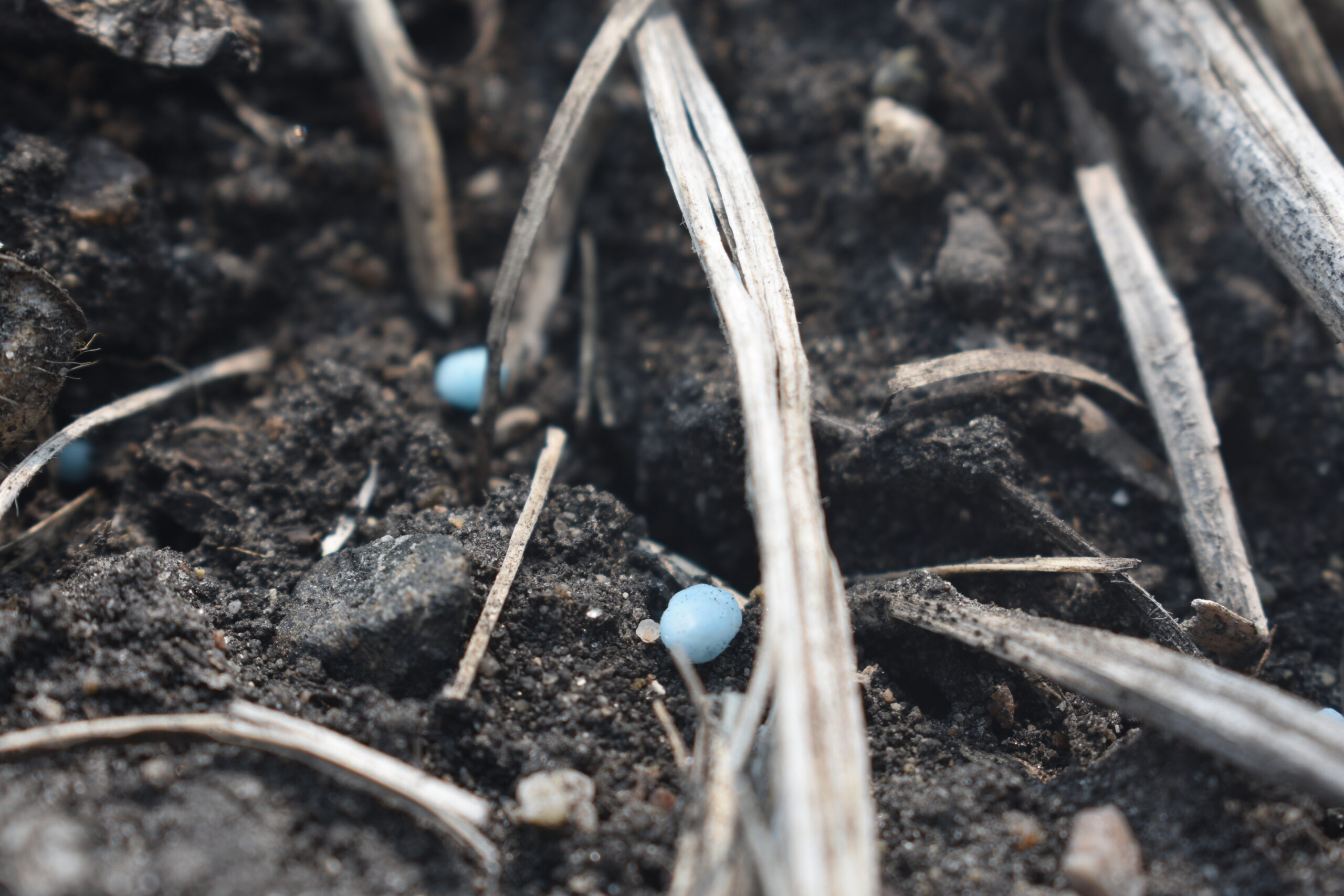Soil and water management R&D site in an undulating landscape – monitoring, evaluation and knowledge transfer.
Crop Types
- Whole Farm
Collaborating Locations
Agri-Earth ConsultingTile drainage is in early stages of adoption in the undulating landscapes in southwestern Manitoba as a practice to manage excess soil moisture and soil salinity in agricultural fields. It is anticipated that tile drainage will quickly become a prominent practice in this region as a means of reducing risk associated with inherent drainage limitations, optimized productivity, and improving soil health over the long-term.
As tile drainage changes the way water moves through agricultural landscapes there are ramifications for how water moves over the land and through the soil, including the volume and rate of runoff leaving the field and the quality of runoff water (nutrients and salts). In addition, performance of tile drainage across landscape positions in the variable topography of the region are not well researched or understood. Therefore, it is of value to industry to better understand the the performance and trade-offs associated with tile drainage in undulating landscapes in the region, including an evaluation of costs and benefits.
Objectives
- Leverage investments made to date by government and industry on the development of the research and demonstration site at Hartney, Manitoba for long-term value and benefit to the agricultural sector.
- Continue research, evaluation and knowledge building on beneficial management practices for surface water, tile drainage and agronomic management on annual crop production, soil health, field runoff water quantity, and field runoff water quality.
- Continue monitoring practical and effective edge-of-field treatment options for reducing nutrient loss from the field and downstream loading into surface water.
- Compare results from data collected during the 5-year monitoring program against DRAINMOD-S modeling predictions previously developed for the site.
- Continue to transfer knowledge gain to industry through produce commodity organizations, research and demonstration website, regional and international conferences, and local presentations and field tours.






